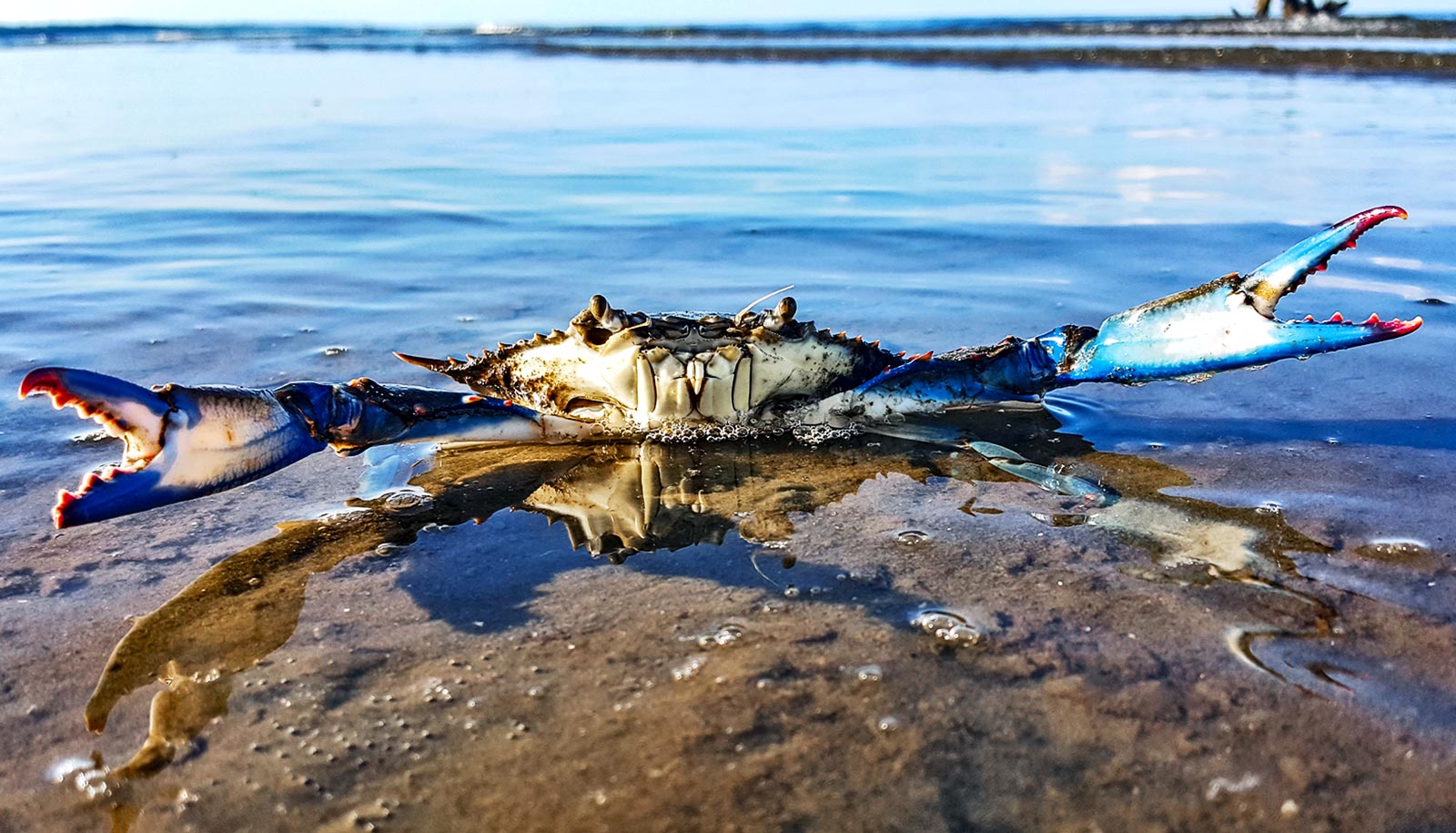

Their main prey, like oysters, are expected to suffer from weaker, slower-growing shells due to acidic water conditions caused by the ocean absorbing more carbon dioxide. Increased carbon pollution is expected to cause blue crabs to grow abnormally large shells, turning this species into larger, more aggressive predators that could significantly alter the fragile Chesapeake ecosystem. Using the money from BP’s oil spill fines to stop coastal wetlands loss and protect habitats for blue crabs will have a positive impact on the entire food web of the Gulf of Mexico-and the Gulf Coast economy as well. A decline in blue crabs could have larger economic implications for recreational fishing and tourism on the Gulf Coast. Louisiana alone lands approximately 26 percent of the total blue crabs for the nation, a value of more than $135 million at today’s market prices. This impact was seen in 2005, as high Chesapeake temperatures caused a massive die-off of the seagrass.Īside from their ecological importance, blue crabs are one of the most economically important fisheries of the Gulf. Warming temperatures in the Chesapeake Bay are predicted to also greatly impact eelgrass, a seagrass that provides essential habitat for juvenile blue crabs. The temperatures in the bay have already increased by almost 2 degrees Fahrenheit since 1960 and are projected to continue to increase by an additional 3 to 10 degrees by 2100-an immense change that will have a dramatic effect on the estuary and the species it supports. According to the National Oceanic and Atmospheric Administration’s Chesapeake Bay Office, the bay shoreline is being affected at a faster rate than the global average because land in the region is already naturally subsiding. However, if global climate change continues unabated, projected rising sea levels and water and air temperatures will significantly reshape the region's coastal landscape, threatening recreational and commercial fishing including crabbing in the region. The Chesapeake Bay is our nation's largest estuary and sustains more than 3,600 species of plants and animals. If we don’t make changes soon, the earth will continue to have warmer temperatures in all seasons an increase in the frequency, duration, and intensity of hurricanes and other severe weather events as well as an increase in the sea level of up to two feet or more.

In addition, recent reports have shown that blue crabs are projected to be detrimentally impacted by climate change in a way that can also wreak havoc on sensitive ecosystems that the blue crab calls home.Ĭarbon pollution from burning coal, oil, and gas is causing climate change that is threatening fish and wildlife across the globe. However, habitat loss and nutrient loading are some of the larger issues faced by this species. Blue crabs are not threatened or endangered.


 0 kommentar(er)
0 kommentar(er)
